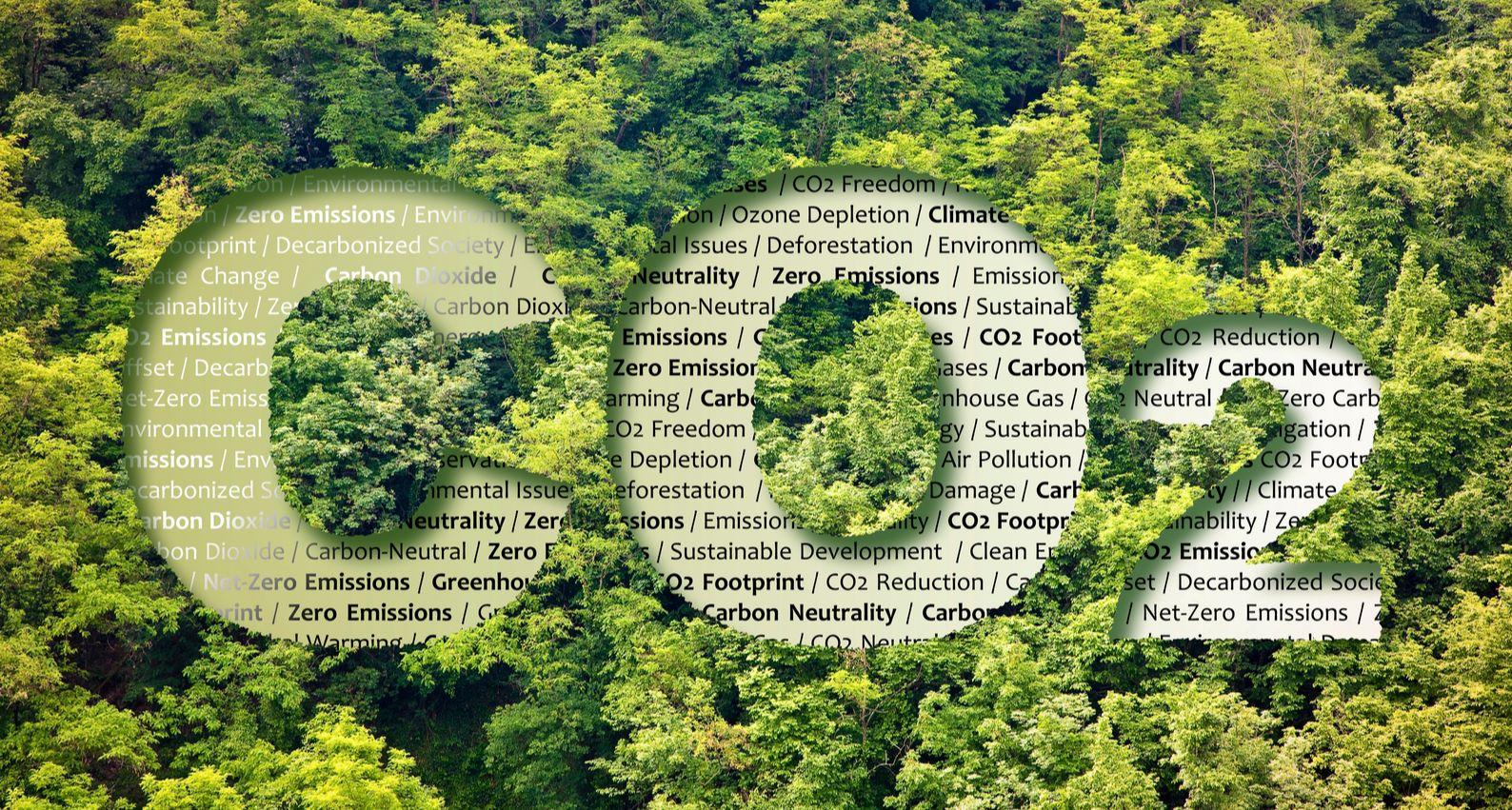Achieving Net Zero Emissions
Published on 18 Nov, 2021

As the negative impact of climate change rose, countries across the world decided to take decisive actions to stop further environmental degradation. In 2015, the Paris Agreement was signed wherein every country pledged to constrain its carbon emission. However, it requires a deep understanding of the pillars that can support this initiative, investments and infrastructure required for it, and government policies that can help sustain it.
Climate change has become a reality compelling governments and companies to undertake stringent measures to curb its destructive impact. Countries, including the US, India, and the UK, have made commitments to significantly cut their carbon emission and reach “net zero emissions” in the coming years. The basic definition of the term means that carbon emission will continue but the absorption of an equivalent amount of carbon from the atmosphere will balance it out. While net zero emissions is the goal in the next few decades, countries will have to take definitive actions to achieve it starting now.
The pillars of innovation in net zero emissions are as follows:
Clean Energy – Companies will have to make a shift from traditional fossil fuels to harnessing the power of renewable energy sources. Solar and wind energy record unprecedented growth in new capacity addition globally at the macro and micro levels.
Green Mobility -Vehicular traffic contributes to rising carbon dioxide levels in the atmosphere. Battery electric vehicles (BEVs) and fuel cell electric vehicles (FCEVs) are solutions to this problem and are poised to transform the future of the mobility landscape. Although EVs have an advantage over internal combustion (IC) engine models in mitigating direct emission, net zero targets would demand the automotive value chains to further shift toward low-carbon processes in vehicle part production and assembly stages.
Development and scale-up of the charging infrastructure and hydrogen ecosystem shall be the key determinants behind rapid mass adoption of these technologies. Here, blue and green hydrogen will be the major contributors toward the net zero target. Higher cost is another barrier for BEVs and FCEVs. However, technology development and capacity scale-up are expected to enhance the affordability of green vehicles.
Biofuels – Bioenergy is gaining momentum as a favoured energy source but faces challenges such as rising food prices, deforestation, and conflict over land. However, innovation ensures that biofuels are now generated from the second- and third-generation feedstocks, eliminating conflict with the food value chain. However, the demand for bioenergy remains a small percentage and can be largely ascribed to higher cost than fossil-based counterparts.
Carbon capture – While net zero emissions is the target, it is difficult for certain industries to achieve this without the support of economically feasible technologies within the value chain. Therefore, it is important to further develop and scale-up the carbon capture and utilization technologies in a collaborative manner. The development of carbon capture hubs has increased in recent years but is not sufficient. Initiatives such as halting deforestation, protecting natural carbon sinks such as wetlands, improving soil management techniques, and restoring damaged forests should be prioritized to stop further environmental degradation.
Clean energy, biofuels, and carbon capture projects need large investments in infrastructure. Usually, the private sector considers such projects risky and needs consistent incentives to invest. Government policies can encourage and maintain industry sales until organizations achieve cost reduction and profit from economies of scale as well as learning opportunities.
Net zero emissions is the goal of every country, and governments create policies and grant subsidies to help achieve it. Overall, the policies are expected to help in the development of these projects and innovations. They should ensure the following:
- Encourage development of technologies supporting other energy sources – The need of the hour is to initiate the trial of new technologies and make the existing ones economically viable. While these innovations are underway in many countries, they are still too small and fragmented. As they are supported by the government, the fear of failure and waste of resources stalls trials. However, it is now becoming necessary to take risks and fast track tests.
- Give investment direction – A high infrastructure cost is associated with innovating and setting up new technologies that can support net zero emissions. Government policies should help corporates guide their investment decisions by introducing new and supportive policies. It helps in quick roll-out of new technologies and services, cost-cutting, and expanding supply chains.
- Have linkage with other innovations – It is a historically proven fact that innovations linked with other digital developments are accepted fast. Hence, new innovations to reduce carbon emissions should be linkable to smart devices and easily accessible to all if they have to gain wide-scale adoption.
- Be part of industrial strategy - Targeted innovation policies should focus on new-age technologies that can reduce carbon emissions, increase knowledge sharing between businesses, and leverage existing areas of industrial strength.
Mission of zero emissions
Net zero emission is an achievable target but requires technological innovation, supported by collective action by governments and corporates. There is a need to create industry roadmaps for technological developments to align R&D investments for key technologies such as hydrogen development, carbon capture, utilization, storage, and new forms of electricity storage. Furthermore, it is essential to foster a collaborative ecosystem within industries and sectors to enable innovation and diffusion through regulations and strong policies by the government. The planet faces an existential crisis today and the solution lies in determined action by all.

